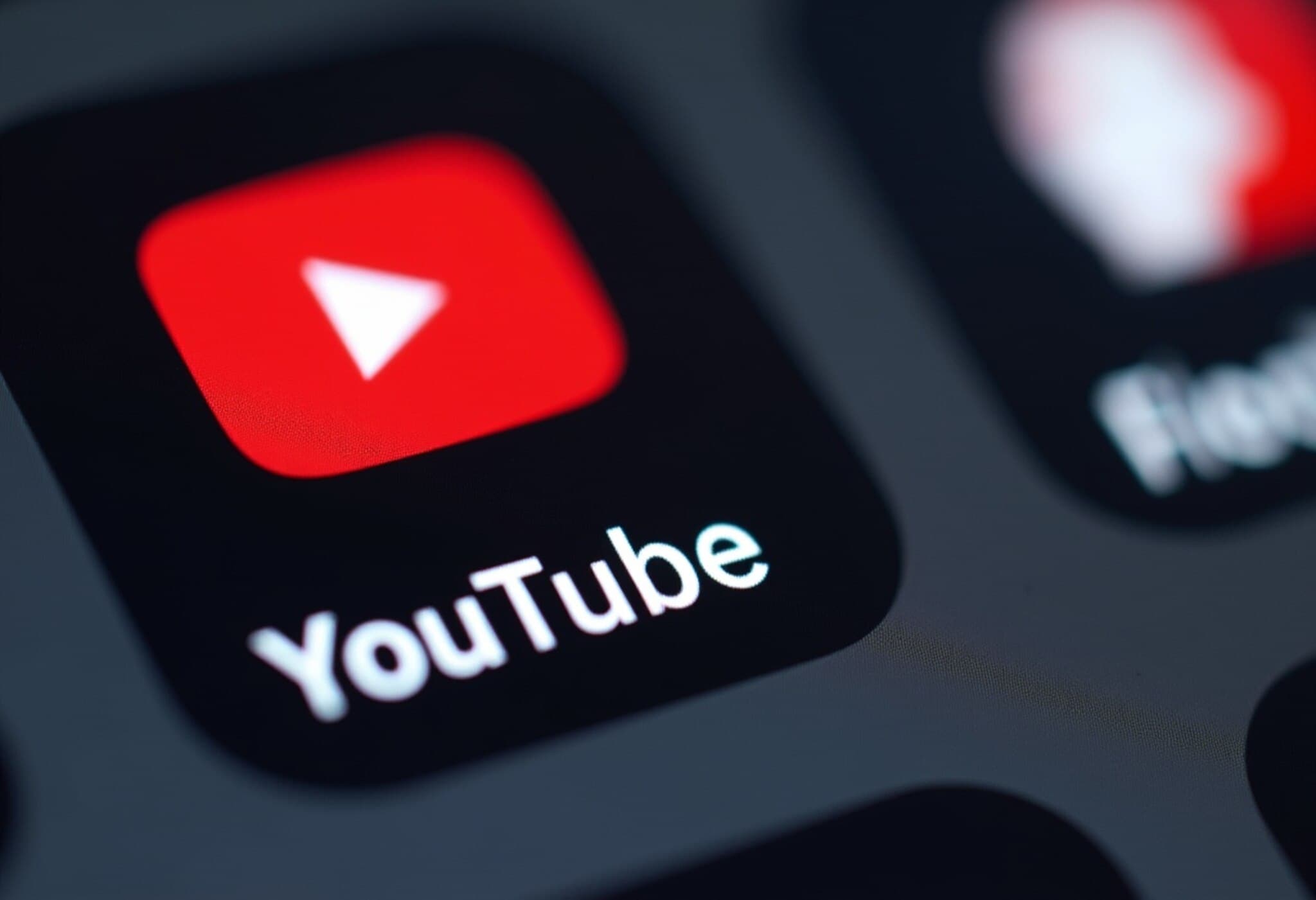YouTube and Fox Reach Crucial Agreement to Maintain Fox Channels on YouTube TV
In a relief to millions of streaming viewers, YouTube and Fox announced on Friday that they have reached a new agreement ensuring Fox News, Fox Sports, and other Fox channels remain accessible on the YouTube TV platform. This resolution comes after tense negotiations that had briefly put the availability of these popular channels at risk.
Background: Negotiations and Temporary Extension
Earlier in the week, YouTube and Fox agreed on a short-term extension to avoid immediate service interruptions for YouTube TV subscribers. This stopgap measure bought time to finalize a longer-term deal following Fox's demands for increased carriage fees.
In a statement to CNBC, YouTube expressed satisfaction with the outcome, saying, “We're pleased to have reached a deal that preserves the value of our service for our subscribers.” However, neither side disclosed the financial specifics of the new contract.
Standoff Over Pricing Raises Industry-Wide Questions
Earlier tensions ignited when YouTube criticized Fox's pricing requests, claiming that Fox sought payments far exceeding those paid to similarly positioned content partners. The friction reflects a broader industry trend where content providers leverage premium pricing against streaming platforms to boost revenues amid evolving viewership patterns.
Fox's recent launch of Fox One, a standalone streaming service priced at $19.99 per month or $199.99 annually, signaled Fox's intent to diversify revenue streams independent of traditional distributors like YouTube TV.
Implications for Sports and Viewers
Had negotiations failed, YouTube TV might have lost Fox channels, disrupting broadcast of marquee sports events. Most notably, a high-profile college football game—University of Texas versus Ohio State—was scheduled for Sunday, along with the upcoming start of the National Football League season.
Federal Communications Commission Chair Brendan Carr welcomed the deal, tweeting, “This is great news for college football fans and avoids blackouts. Enjoy the games this weekend!”
YouTube TV’s Market Position and Subscriber Base
YouTube TV currently boasts approximately 9.4 million subscribers. It offers a base plan at $82.99 per month, delivering over 100 live channels including major sports content like Major League Baseball games and the World Series slated for late October.
As the United States’ leading media distribution platform by engagement, YouTube captured over 13% of TV watch-time in July 2025. This deal highlights the platform’s critical role in delivering live sporting and news content to digital audiences.
Expert Insight: The Shifting Media Landscape
The YouTube-Fox negotiation is emblematic of the evolving dynamics between traditional broadcast networks and streaming services. While streaming platforms court subscribers with diverse content bundles, providers like Fox are asserting their value more aggressively, reflected in the launch of direct-to-consumer offerings.
For consumers, these disputes often translate to fears of “blackouts,” which can disrupt access to major events and drive subscription churn. For policymakers, the situation underscores the delicate balance of regulating fair pricing and maintaining open access in an increasingly fragmented media ecosystem.
Looking Ahead
As live sports content remains a major viewer draw, future negotiations between broadcasters and streaming platforms will likely continue to impact subscription costs and content availability. Watchers of the media industry should keep an eye on how such disputes unfold amid rising streaming competition and changing consumer preferences.
Editor's Note
This agreement between YouTube and Fox underscores the importance of live sports and news in shaping streaming negotiations and subscriber satisfaction. It also raises critical questions about how content valuation is evolving in a digital age where consumers expect seamless access but face increasing subscription expenses. Will we see more broadcasters launching standalone services, and how will that reshape the streaming landscape? These developments will be pivotal in defining the future of media consumption in the United States.



















